Lambliasis is a protozoan infestation caused by protozoan giardia, which affects the small intestine. It is manifested by digestive disorders. This pathogen was first described by the Czech doctor D.F. Lambal in 1859. His name was later given not only to the parasite, but also to the disease.
According to WHO, about 200 million people worldwide become infected with giardia each year. Most often it occurs in Asia, Africa and Latin America. According to official data, in Russia each year detected up to 150 thousand infections of these protozoa.
Giardiasis is often the cause of intestinal disorders in children of preschool and primary school age. In adults, it is mostly asymptomatic.

Causes
Lamblia is a protozoan microscopic single-celled parasite from the class of flagellates. In the human intestine it can occur in two forms – vegetative and spore. Giardia multiply by division and double in number every 10-12 hours. The habitat of the vegetative forms is the upper part of the small intestine. The cysts are immobile, oval in shape and protected by a capsule. In this form, the giardia exists in the large intestine as well as in the external environment. In this way they can remain viable for a long time.
The main causes of giardiasis are ingestion of cysts. This occurs when eating unwashed fruits and vegetables, violations of hygiene rules, using unboiled water. This route of transmission is called fecal-oral, since the source of spread of giardiasis pathogens is an infected person who secretes cysts together with feces. Also, pets can be carriers of giardiasis, and flies and cockroaches act as carriers.
Factors can be caused by overcrowding of people, living in a polluted environment, poor state of water and sanitation systems, failure to follow sanitary rules. Predisposition to the disease has been identified in children under the age of 10, in people with hypotrophy or dystrophy, congenital biliary malformations, stomach and intestinal diseases with reduced acidity, and in those who follow diets with too little protein.
Classification
Signs of giardiasis may be undetectable in a quarter of all cases. This condition is called asymptomatic carriage. In this case, the person himself is not infected, but he becomes a source of infection for others.
In half of all patients with giardiasis, the disease is subclinical. They also have no symptoms and do not consider themselves infected. Diagnosis is the only way to detect the disease here.
Only the remaining percent of patients have pronounced symptoms, which can be acute, subacute or chronic.
Symptoms
Lambliasis often has erased symptoms and proceeds without pronounced clinical manifestations. In the typical form of the disease, the first symptoms begin to appear after the end of the incubation period, which lasts from 1 to 3 weeks, and at this time the disease has no manifestations.
The intestinal form of the acute stage is characterized by:
- Pain in the right subcostal area, around the belly button and rarely in the lower abdomen.
- Belching.
- A feeling of heaviness in the left side of the abdomen.
- Decreased appetite.
- Faster stools up to 3-5 times a day, which may change into constipation.
- Nausea.
- Constant feeling of heaviness in the stomach.
- Meteorism.
Mushy stools are observed in young children. The duration of the acute phase of the disease is 5-7 days, after which either recovery or transition of the infection to a subacute chronic course occurs.
Hepatobiliary variant of giardiasis in women and men is manifested by pain in the area of the liver and digestive disorders.
Skin manifestations can be varied and include pallor, the appearance of a jaundiced hue, dryness and peeling, allergic fine rash. Stomatitis may develop in the mouth, and a bruising or cracking of the corners of the mouth may occur.
The intoxication syndrome in giardiasis depends on how many cysts have entered the body, as well as the duration and severity of the disease. Patients may complain of headaches, dizziness, sleep disturbances, reduced performance, irritability, emotional lability. Tics, hyperkinesias, and fainting may occur in children.
Diagnosis
Giardiasis testing is the only reliable way to detect the disease, as it often occurs without symptoms and has no specific manifestations.
The basic list of tests to diagnose giardiasis includes:
- Antigen test for giardia, to detect them in the feces by ICA (immunochromatographic). Helps detect acute or chronic forms of giardiasis, asymptomatic carriers, and is also an effective method of evaluating treatment.
- Determination of antibodies of classes A, M, G (IgM, IgA, IgG) to giardia in blood by ELISA (enzyme immunoassay) for timely detection of infection.
- Rapid stool examination for antigens to giardia, amebas, cryptosporidium, which helps to diagnose parasitic diseases that occur without significant symptoms.
- Microscopic method of stool examination for protozoa and helminth eggs.
- Stool analysis for carbohydrates, which is prescribed for diseases of the small intestine with suspicion of giardia infection.
All other tests and investigations for giardiasis are considered nonspecific and are prescribed according to indications. These may be blood tests, urine tests, gastroscopy or ultrasound of the abdominal organs.
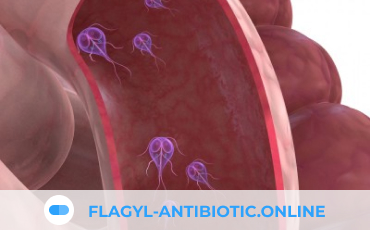
Treatment
Lambliasis requires comprehensive treatment. Therapy of uncomplicated forms is performed on an outpatient basis. When the diagnosis is confirmed, one of the anti giardiasis drugs is prescribed, which must be combined with the intake of choleretic agents, as well as drugs that improve intestinal microflora.
A chronic course requires long-term comprehensive treatment, which will include not only taking medications, but also a giardiasis diet that limits the intake of carbohydrates in the body. Etiotropic drugs help to cope with protozoa, and immunotherapy helps to increase a person’s natural defenses. Obligatorily prescribe choleretic agents and probiotics to restore intestinal microflora.
Modern medicine in the treatment of giardiasis offers some clinical recommendations. At the first stage, diet therapy and unloading days are prescribed, as well as taking choleretic and, if necessary, antihistamines.
At the second stage, the patient takes special antiprotozoal drugs prescribed by the doctor. To get rid of giardia, it is often prescribed not one but two courses.
The third stage uses multivitamins, enterosorbents, enzyme preparations, immunostimulants, phytotherapy.
Prevention
After recovery, the risk of reinfection is not reduced, and relapses occur frequently. To get rid of the parasites it is often necessary to repeat the treatment. Dispensary observation is carried out for 3-6 months with mandatory testing for parasites.
To prevent Giardiasis infection, you should not drink raw water, even from the tap, follow all hygienic rules, be sure to wash your hands before eating and after using the toilet, not eat unwashed vegetables, fruits, berries.
It is important at the first suspicion of the disease to consult a doctor and undergo all necessary tests to refute or confirm the diagnosis and further treatment is mandatory.
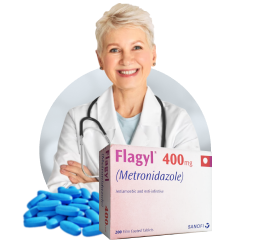

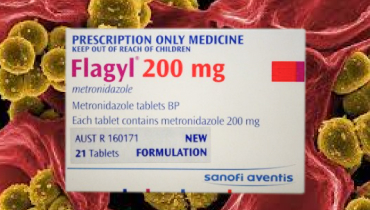
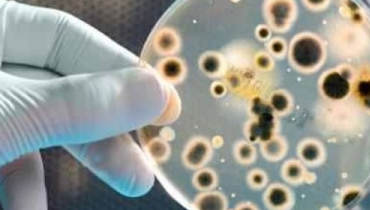
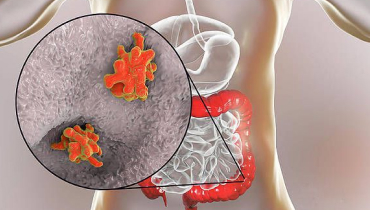







I received the package a few days ago. Thank you so very much! Everything was perfect. I do appreciate your great service and will most definitely order again from you. I'm glad to say that I can recommend you with total confidence. Thanks
Yeah! The package arrived very quickly. Thanks!
Everything is fine! Thanks!